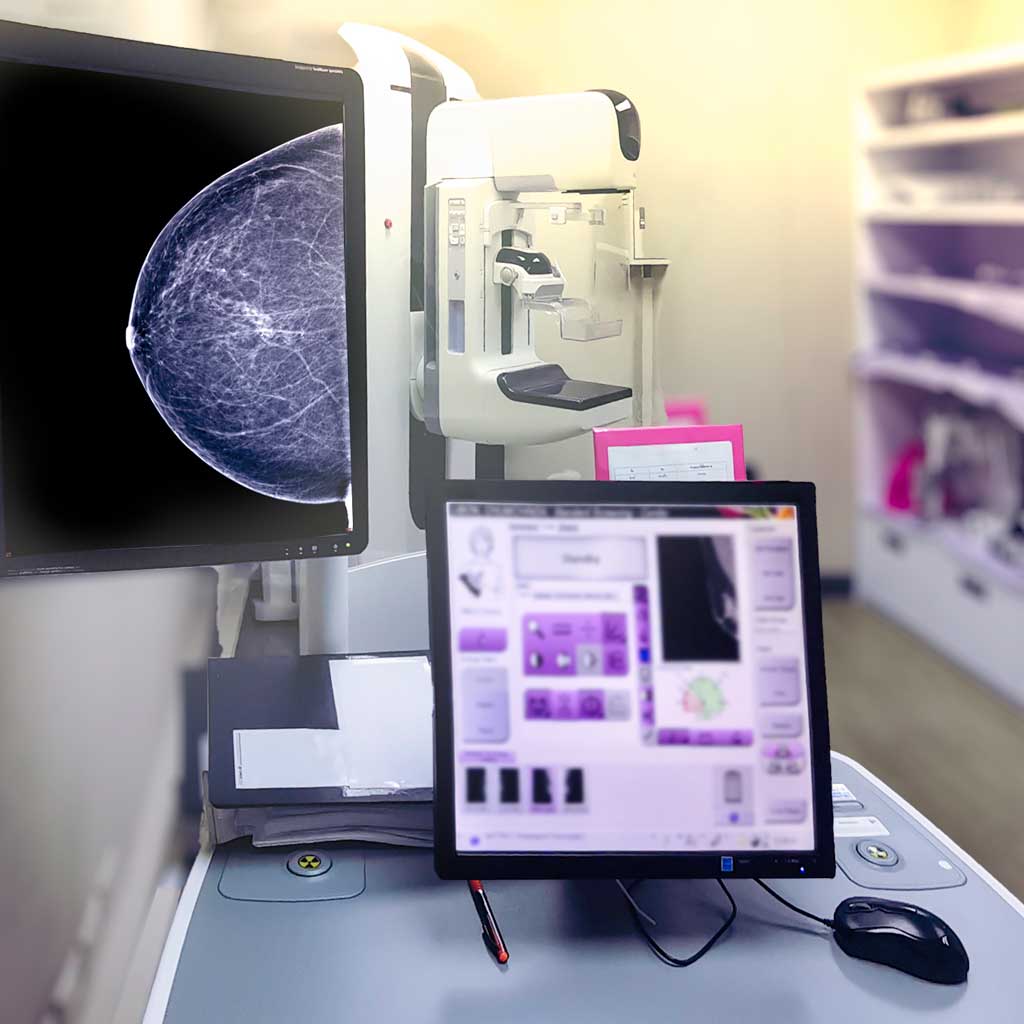Breast Screening Options
Early detection saves lives! When it comes to breast cancer, screening is the most effective tool for catching cancer in its earliest, most treatable stages. But with a growing number of screening options available, many women are left wondering which method is right for them.
Understanding the differences between breast screening options will empower you to make confident, informed decisions about your health.
Why Breast Screening Matters
According to the American Cancer Society, about 1 in 8 women in the U.S. will develop invasive breast cancer throughout their lifetime. Screening doesn’t prevent cancer but increases the likelihood of detecting it early when treatment is most effective and less invasive.
Common Breast Screening Methods
- Mammography
Mammography remains the gold standard for breast cancer screening. This low-dose X-ray captures images of the breast tissue and can detect lumps or abnormalities that are too small to be felt during a physical exam.
There are two types:
- 2D mammography: A traditional imaging method that takes two pictures of each breast.
- 3D mammography (tomosynthesis): Captures multiple images from different angles to create a layered, three-dimensional view. This technique can be especially helpful for women with dense breast tissue.
Most guidelines recommend that women begin annual or biennial mammograms starting at age 40, depending on individual risk factors.
- Breast Ultrasound
Breast ultrasound uses sound waves to create images of the inside of the breast. It’s typically used as a supplemental tool rather than a primary screening method. For women with dense breasts or inconclusive mammogram results, ultrasound can help distinguish between solid masses and fluid-filled cysts.
- Breast MRI
Breast MRI is a powerful imaging tool that uses magnets and radio waves to create detailed images of breast tissue. MRI is often recommended for women at high risk for breast cancer, such as those with BRCA gene mutations or a strong family history.
It’s more sensitive than mammography but also more likely to result in false positives, which can lead to unnecessary biopsies.
- Clinical Breast Exam and Self-Exam
While not imaging tools, clinical breast exams performed by healthcare providers and monthly breast self-exams can play a role in early detection. These methods should never replace imaging but can alert you to changes that warrant further testing.
Choosing the Right Option for You
The best screening plan depends on your age, personal and family history, breast density, and overall risk profile. Talk to your healthcare provider to create a screening schedule tailored to your needs. For high-risk individuals, a combination of mammography and MRI may be recommended annually.
If you’re ready to learn about your breast cancer screening options, schedule a breast screening near you.
